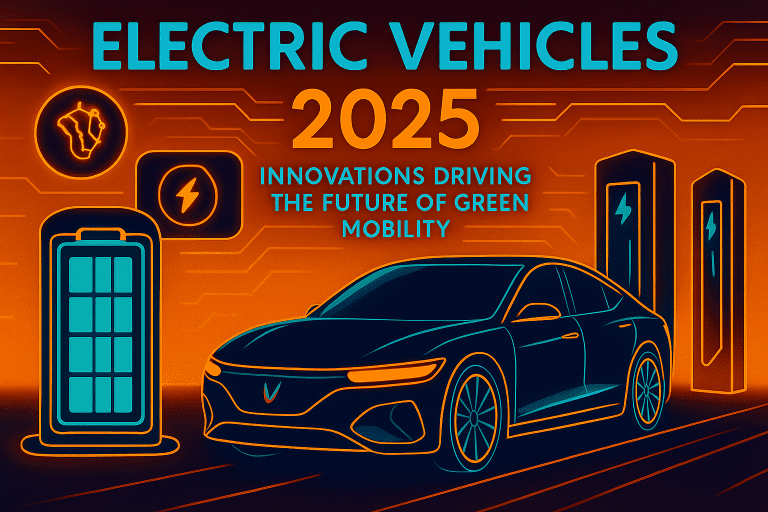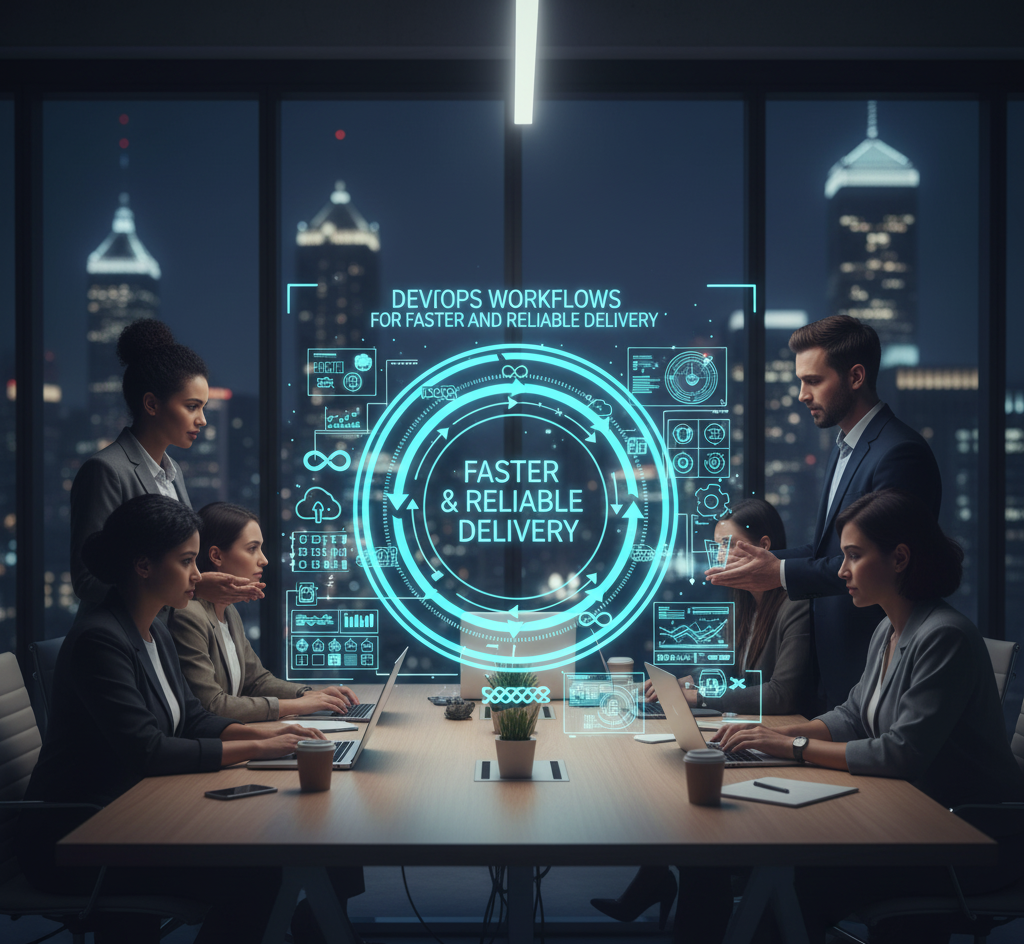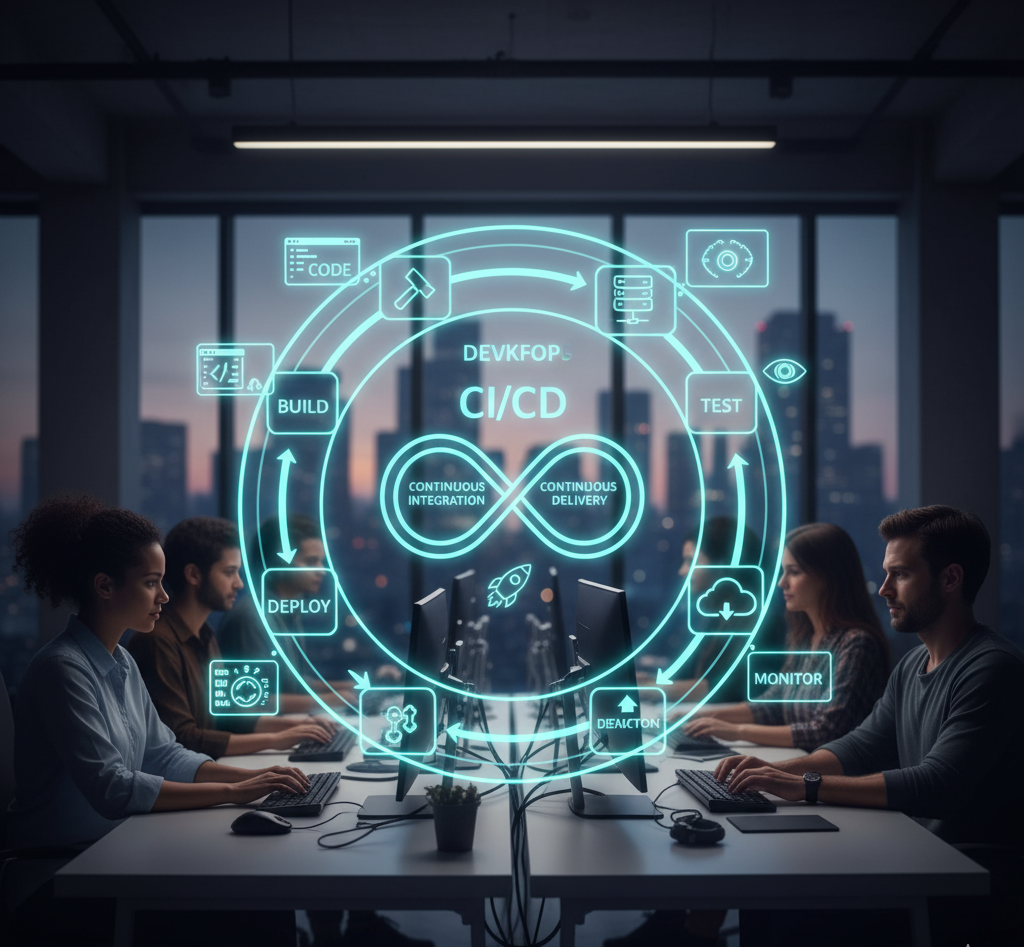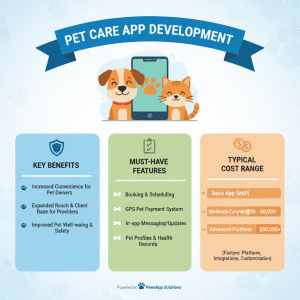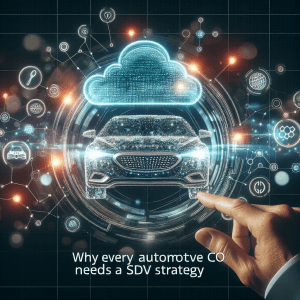Introduction
Electric vehicles (EVs) are steering a transformative journey in 2025, accelerating the global transition toward cleaner and smarter transportation. From advanced battery technologies to intelligent charging solutions, today’s EVs are not just reducing pollution—they’re reshaping urban landscapes, consumer habits, and even the electric grid itself. Here’s how innovation is propelling green mobility into the future.
Major Innovations in Electric Vehicles
1. Breakthroughs in Battery Technology
-
Solid-State Batteries: These offer significantly faster charging, enhanced safety, and increased lifespan compared to traditional lithium-ion batteries, enabling EVs to achieve ranges over 400miles on a single charge.
-
Affordable, High-Capacity Packs: Advances and mass production have reduced costs, making EVs more accessible to everyday drivers.
2. Rapid and Smart Charging Solutions
-
Ultra-Fast DC Charging: Next-gen stations enable 20–80% charging in under 15minutes, making long-distance travel practical.
-
Wireless Charging: Inductive pads and road-embedded tech allow for cable-free, seamless charging in parking lots or even while driving.
-
AI-Powered Charging Management: Algorithms optimize charging based on electricity rates, grid demand, and user routines, lowering both financial and environmental costs.
-
Solar-Powered Hubs: Charging stations now integrate solar and battery storage, ensuring green energy powers green vehicles.
3. Vehicle-to-Grid (V2G) Integration
-
EVs are now contributors—not just consumers—in the electric grid. V2G-enabled cars send surplus energy back to support the grid during peak times or act as emergency power sources at home.
4. Smarter, More Connected Vehicles
-
Semi-Autonomous Driving: EVs come standard with advanced driver-assistance systems for highway cruising, smart parking, and real-time hazard detection.
-
Digital Ecosystems: Vehicles receive over-the-air software updates, integrate with apps for seamless route planning, and connect to smart city infrastructure for optimized traffic flow.
5. Diversity Across the EV Spectrum
-
More Choices for Every Driver: From affordable city hatchbacks to luxury SUVs and expanding fleets of electric two- and three-wheelers, the EV market in 2025 is more inclusive than ever.
-
Commercial and Public Transport: Electric buses, delivery vans, and ride-sharing fleets are transforming urban mobility with zero tailpipe emissions.
The EV Ecosystem: At a Glance
| Innovation | Impact/Examples |
|---|---|
| Solid-State Batteries | Longer range, safer, faster charging |
| Ultra-Fast/Wireless Charging | 10–15minute DC fast charging; cable-free parking solutions |
| Vehicle-to-Grid (V2G) | Grid support, home backup power, energy cost savings |
| AI-Assisted Driving | Safer semi-autonomous features and smart navigation |
| Modular Battery Swapping | Two-minute swaps for commercial fleets and urban users |
| Solar Charging Hubs | Zero-emission energy for zero-emission vehicles |
Beyond Cars: Expanding Green Mobility
-
Electric Two- and Three-Wheelers: Scooters, motorcycles, and rickshaws are electrifying city streets, cutting both air and noise pollution.
-
Alternative Fuels: Hydrogen and biofuel-powered EVs are emerging for trucks, buses, and agricultural vehicles, expanding the reach of clean transport.
-
Autonomous Shuttles and Shared Mobility: Cities are piloting EV-based public transport and micro-mobility solutions, reducing congestion and making mobility more accessible.
Opportunities & Challenges
Opportunities
-
Cleaner Air and Quieter Cities: Lower emissions and noise improve urban quality of life.
-
Energy Resilience: V2G and smart charging support grid stability and the shift to renewable energy.
-
Broader Access: Falling battery prices and diverse models make EVs viable for more people.
Challenges
-
Charging Infrastructure: Expanding stations to rural and remote areas, and standardizing hardware and payment systems.
-
Supply Chain Strains: Raw material shortages and global logistics remain concerns.
-
Regulatory Harmonization: Coordinated policies are required for incentives, safety, and infrastructure.
The Road Ahead
In 2025, EVs are no longer just a forward-thinking concept—they are a mainstream reality, driving us toward a sustainable, interconnected future. With battery breakthroughs, smarter grids, innovative charging, and vehicles for every lifestyle, green mobility is transforming how the world moves. As these trends accelerate, the journey to a cleaner, smarter planet is not far off—it’s happening right now.
